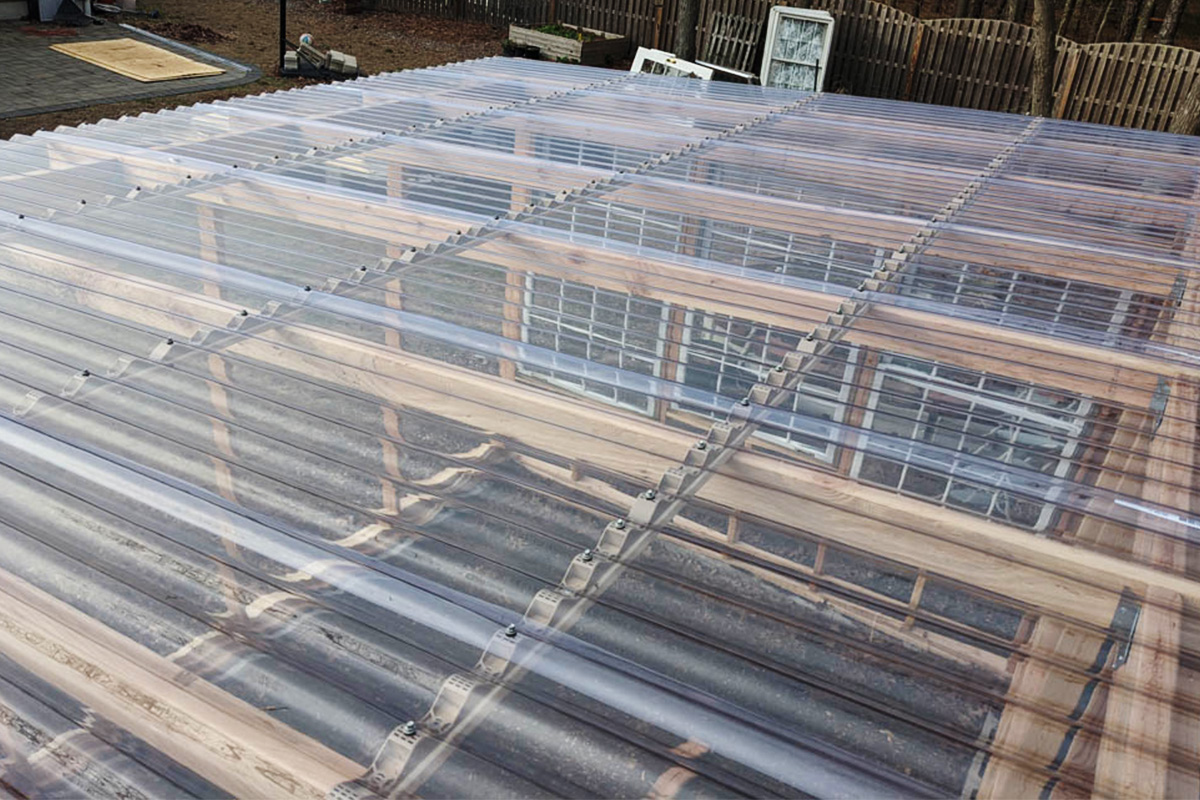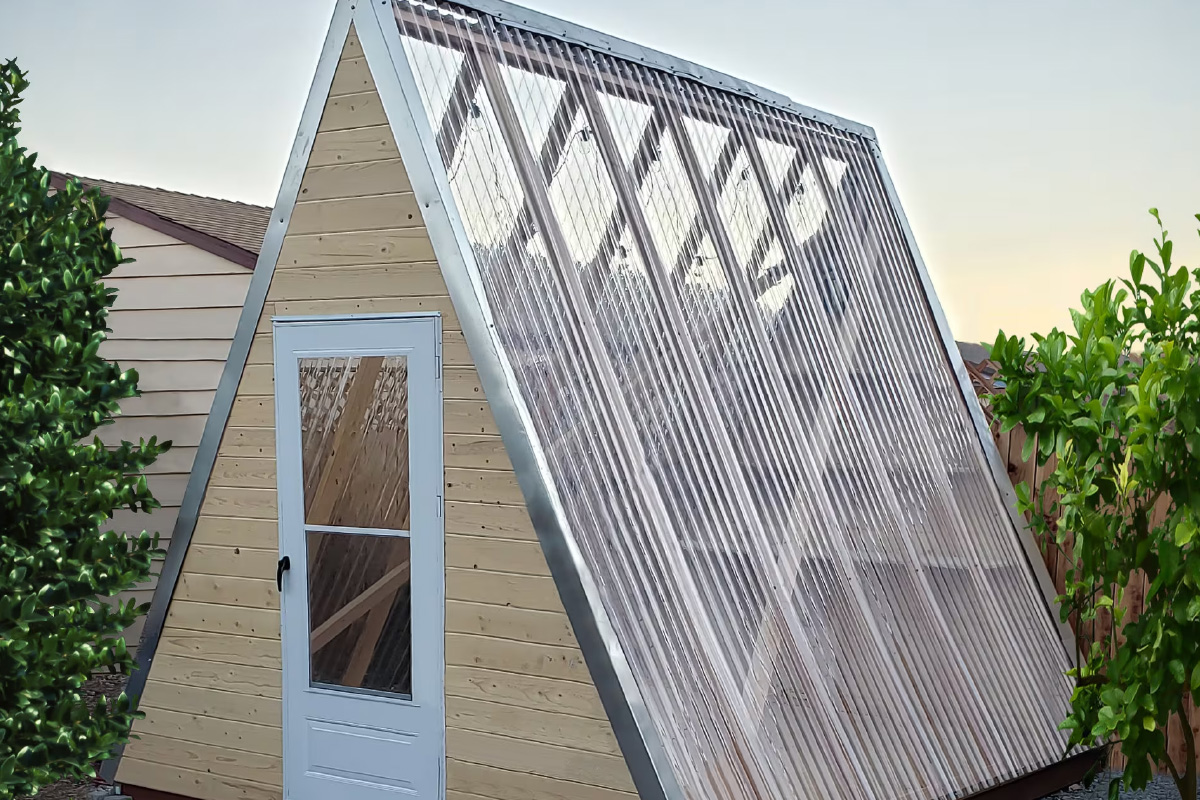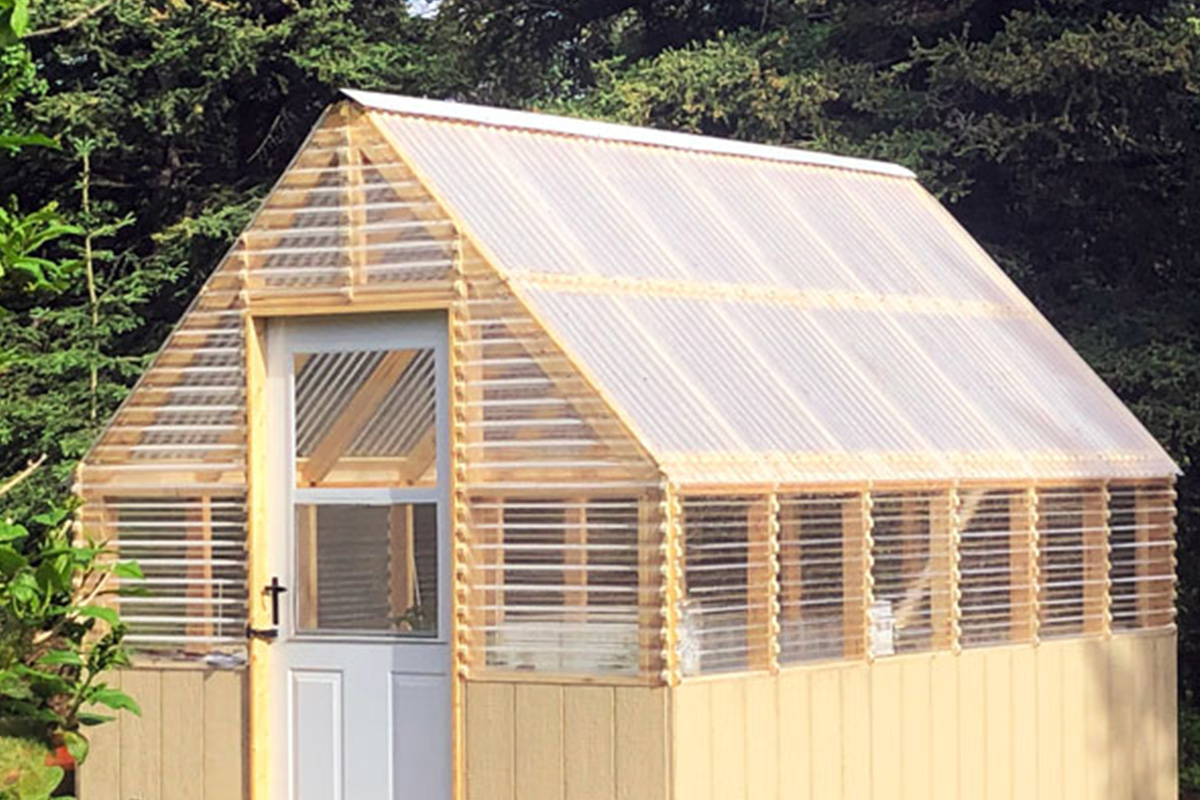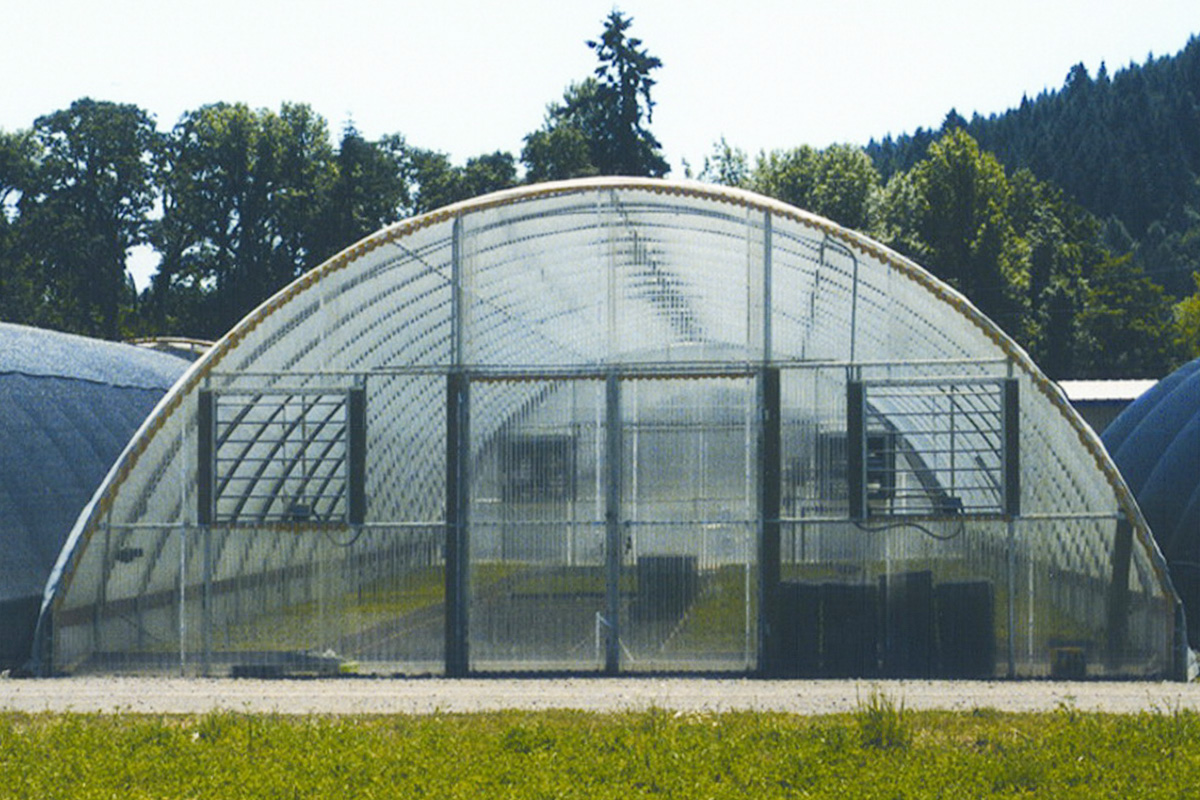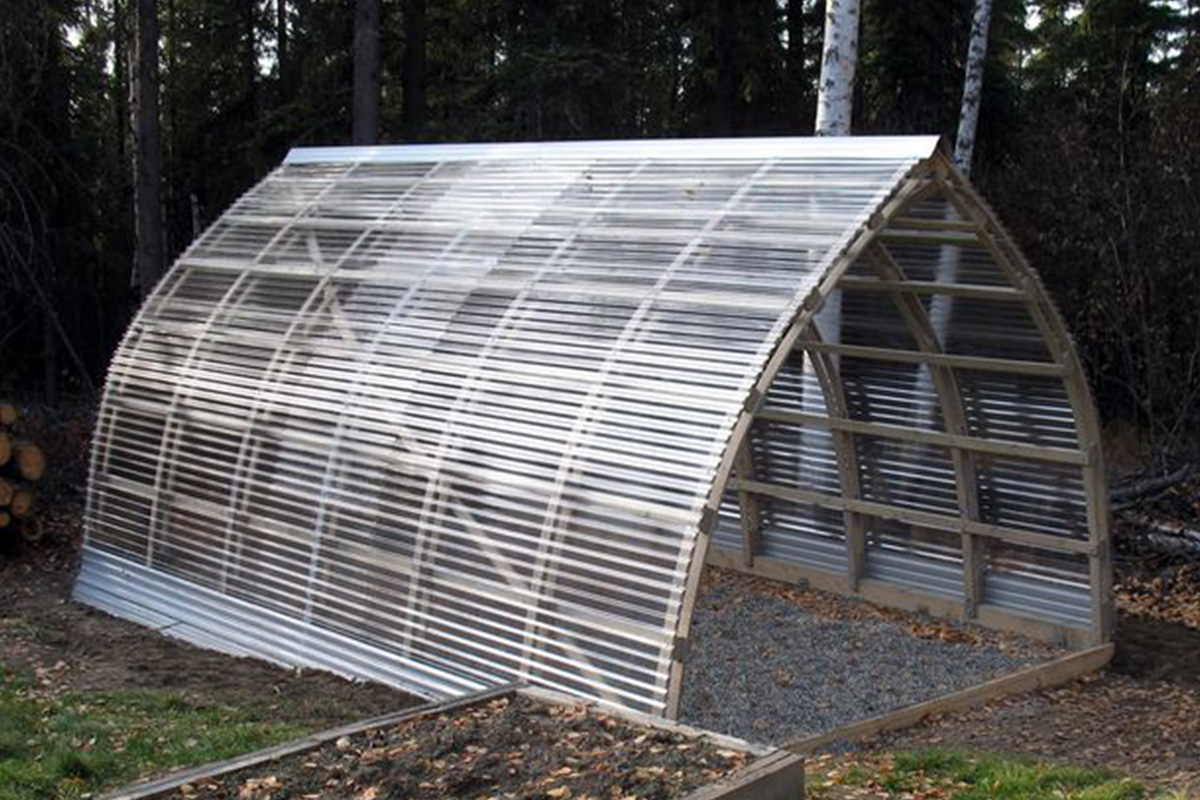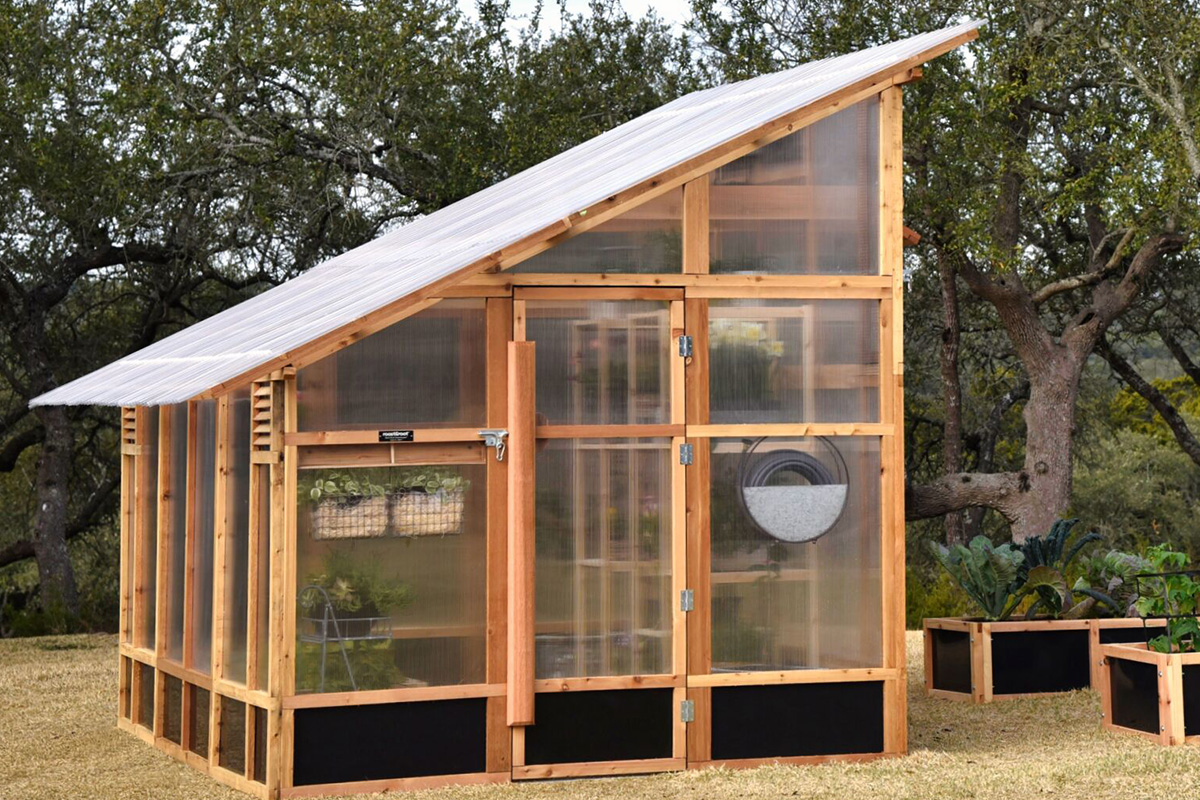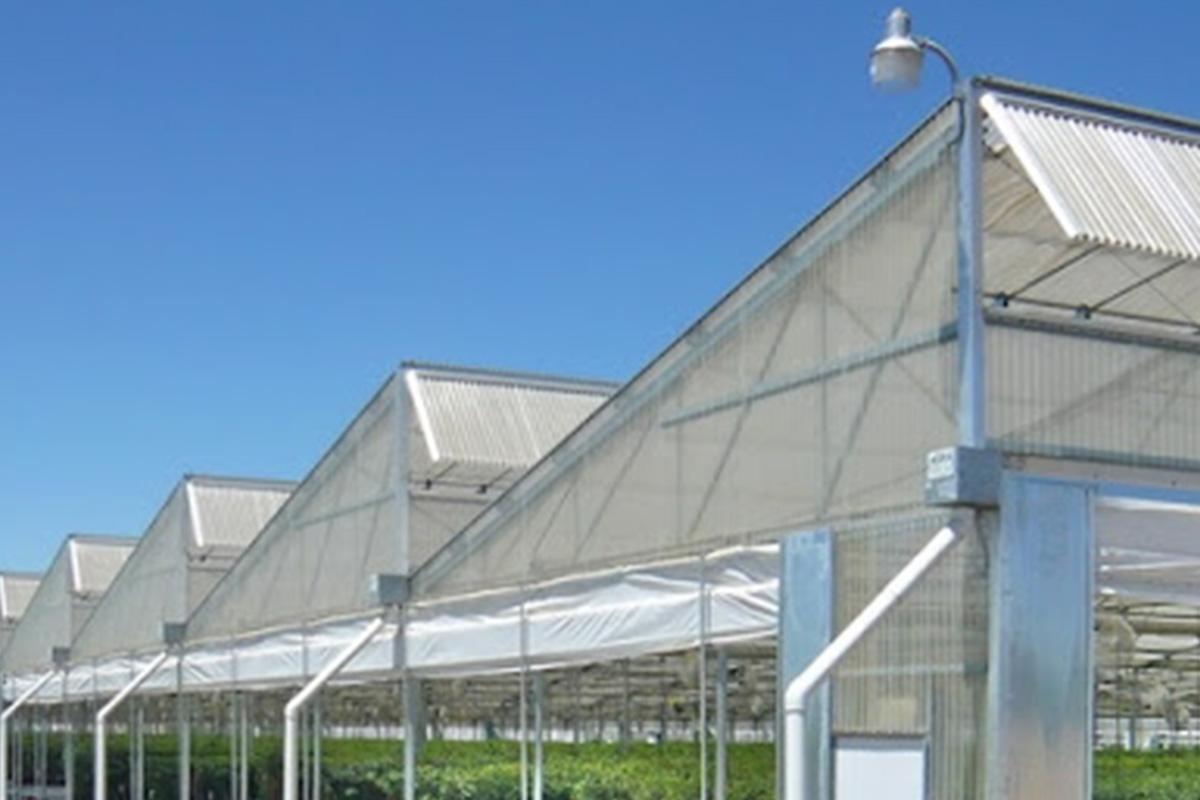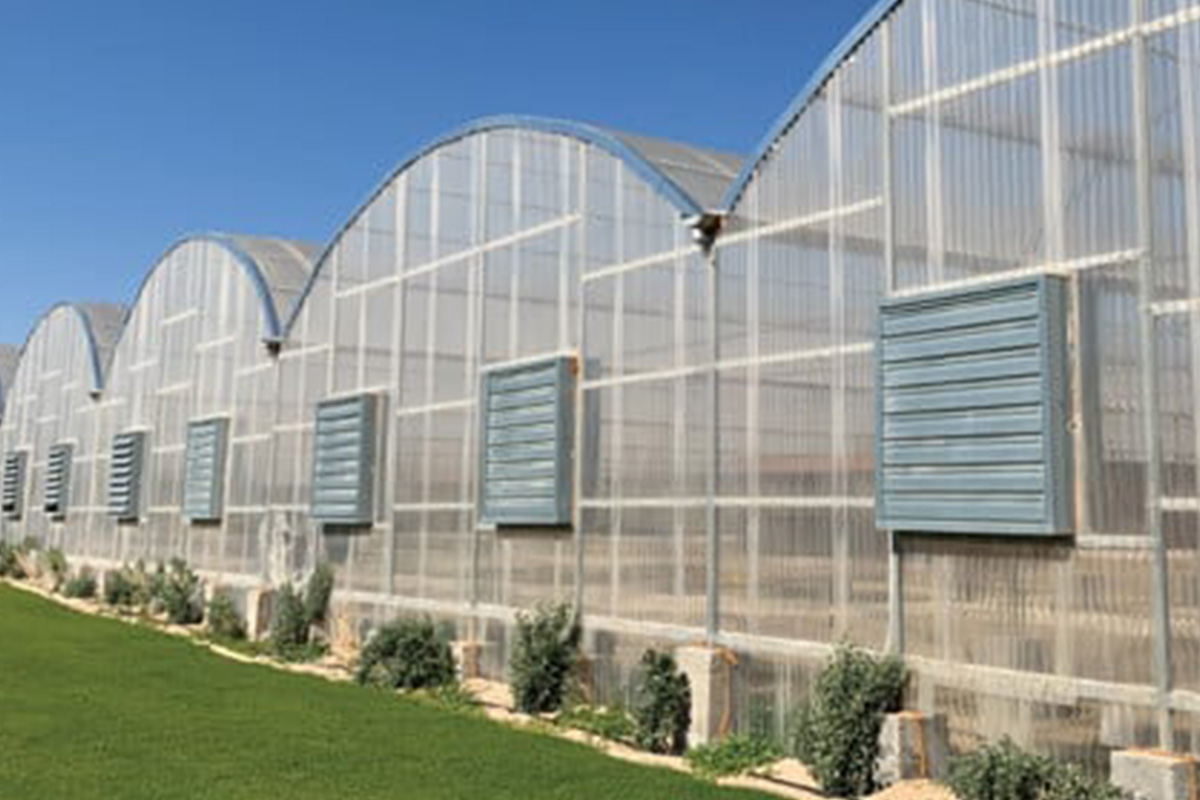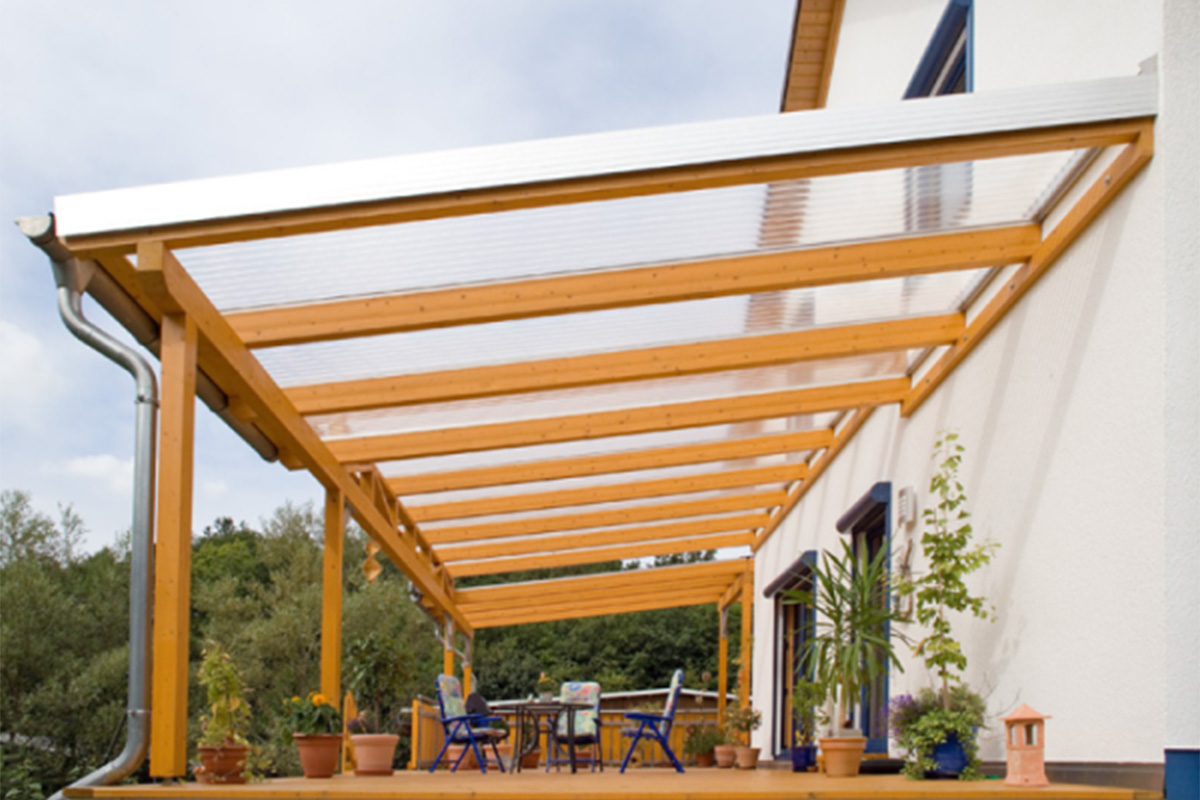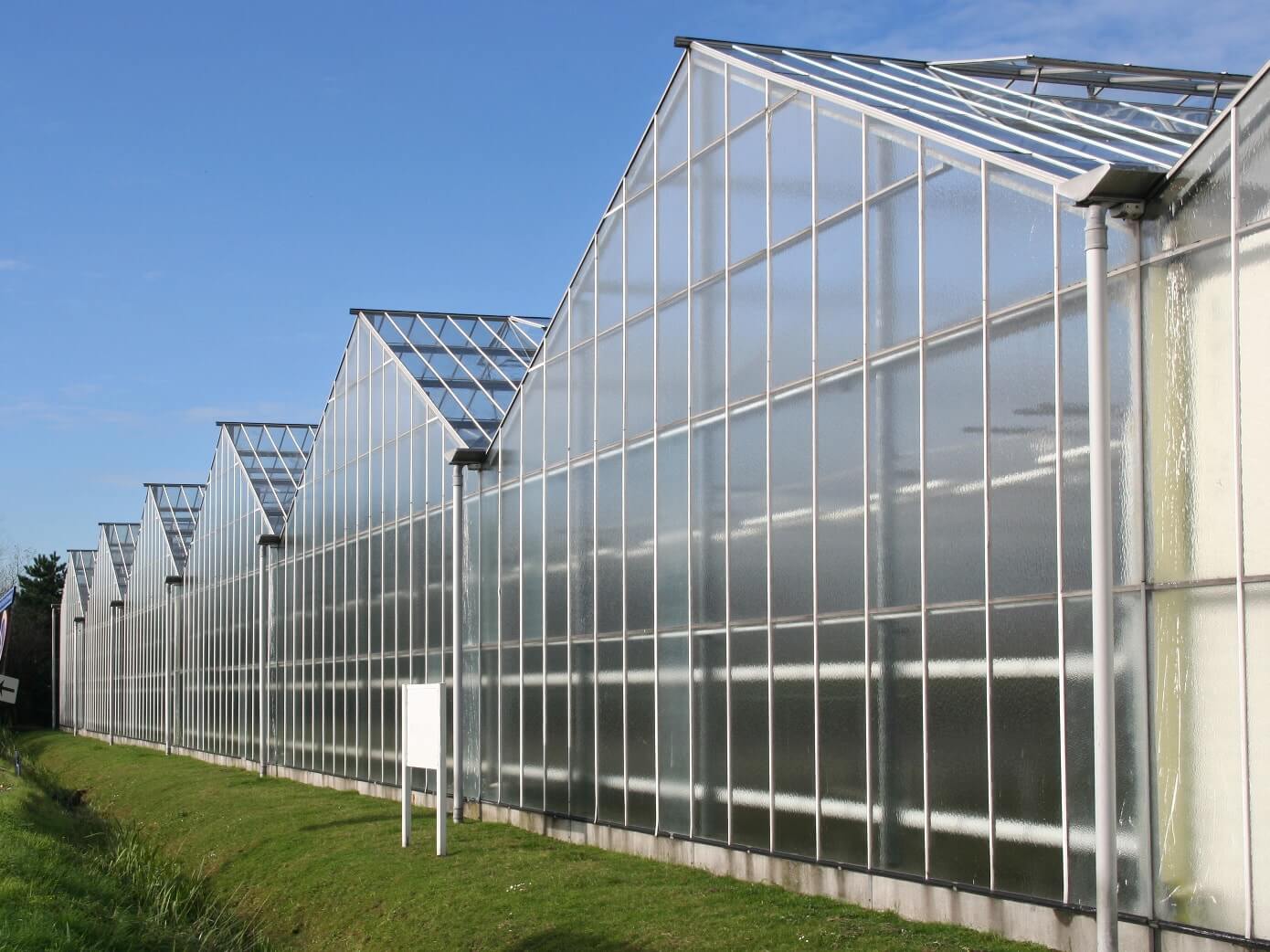Greenhouse Roof Design: Types, Features, and Functionalities
Greenhouse roof design plays a crucial role in creating the optimal environment for plant growth. This article explores various greenhouse roof design types, detailing their features, functionalities, and key considerations. Whether you’re a hobby gardener or a commercial grower, you’ll find valuable insights to help you choose the ideal roof design for your greenhouse.
Why Greenhouse Roof Design Matters for Plant Growth?
A greenhouse’s primary function is to provide a regulated environment for growing food and plants. Farmers, gardeners, and horticulturists can prolong the growing season and provide ideal growing conditions for plants by using specially made greenhouses.
One of the most important parts of designing a productive growth environment of a greenhouse is the greenhouse roof design. Light transmission, heat retention, and general plant health can all be greatly impacted by the type, characteristics, and functions of the roof.
1. Flat Roof
As the name suggests, flat roof greenhouses are lightweight, fixed structures that provides basic protection from the elements. They are suited for areas where weather conditions are stable, with little rain or snow.
- Features: Simple and cost-effective, a flat roof has minimal slope or is completely horizontal.
- Functionalities: Common in small or lean-to greenhouses; these roofs maximize headroom but may cause water and snow accumulation, which can lead to structural strain and reduced light penetration.
- Considerations: Flat roofs require strong materials and frequent cleaning to prevent snow buildup and pooling water. Being flat also means that any sunlight penetration will be direct, which is more suited for colder areas where sunlight is scarce and would require maximum light transmission. When choosing a greenhouse roof design, flat roofs can be a cost-effective solution for certain climates.
2. A-Frame or Gable Roof
A-Frame or Gable Roof style greenhouses have sloping flat roofs on both sides (A-Frame) or connected to vertical sidewalls (Gable Roof). They normally utilize a purlin, rafter and truss support structure which use either welding, or screws, nuts and bolt connection method, which is less of a budget friendly option, but provides plenty of strength to support complex ventilation, shading and irrigation systems.
- Features: This traditional triangular shape has two sloped sides that meet at a peak in the center.
- Functionalities: An A-Frame greenhouse roof design is excellent for light distribution and rain/snow runoff, this shape allows maximum sunlight exposure, even in low-light seasons. It’s ideal for larger greenhouses needing ample headroom.
- Considerations: Slope angles have to be taken into consideration during the planning phase, the larger the slope, the faster the speed of shedding water and snow, though a steep slope will mean a taller structure, which increases costs due to additional materials but will create more area for ventilation options to facilitate temperature regulation, which is a must in extreme climates.
3. Quonset or Hoop Roof
Quonset greenhouses are also known as Hoop houses or polyethylene tunnels, since the structures are usually constructed from metal pipes bent into hoops and then draped with polyethylene film.
- Features: A curved, arch-like greenhouse roof design typically made from flexible materials like polycarbonate or polyethylene stretched over a metal frame.
- Functionalities: Lightweight and highly wind-resistant, hoop roofs are affordable and easy to install. They provide efficient drainage, as snow and rain slide off the curved surface.
- Considerations: Although cost-effective, hoop roofs may lack adequate headspace along the edges. Their design makes them suitable for commercial and backyard greenhouses focused on productivity as hoophouses generally lack foundations or permanent environmental control systems.
(Read more: Green House Roof Materials: Why Polycarbonate Is the Best?)
4. Gothic Arch Roof
Also known as Gothic-arched roof barns, rainbow arches, or Gothic barns, is characterized by a center peak and symmetrical curved rafters. The roof can extend to the ground, creating a complete arch, or can be built on top of traditionally framed walls.
- Features: A variation of the hoop roof with a pointed or arching peak as in a gable roof, but with symmetrical curved rafters instead of straight ones. The pointed arch is knowingly used to relieve stress on other structural elements. It also allowed for the construction of taller buildings while still preserving natural light.
- Functionalities: The shape improves heat retention and helps snow slide off while allowing more vertical growth space than a standard hoop roof. Its aerodynamic form also enhances wind resistance.
- Considerations: Great for climates with heavy snowfall or frequent strong winds. The arched design maximizes internal space but requires more advanced framing.
(Read more: Wind-Resistant Greenhouses: Guidelines for High Wind Areas!)
5. Shed Roof
Shed roof is also known as a pent roof, lean-to roof, outshot, catslide, skillion, and mono-pitched roof, which is a single-pitched roof surface often with higher walls on one side. This is in contrast to a dual- or multiple-pitched roof.
- Features: Simple design, usually with a steeply sloped side which is relatively easy to construct; the steep slope helps with water and snow drainage and maximizes attic or top floor space.
- Functionality: By creating height differences, this greenhouse roof design accommodates vertical gardening and enhances aesthetics.
- Considerations: Shed-type roof designs are less ideal in hurricane zones or high wind areas. The single slope also means that more time is required when handling larger volumes of water, which is why boxed gutter are recommended.
6. Sawtooth Roof
A sawtooth roof is a roof made up of multiple parallel roofs with dual pitches either side that resemble a saw’s teeth. The design is characterized by a zigzag pattern of sloping surfaces, with the steeper edges of the roof are often glazed with either glass or polycarbonate material to admit sunlight, but is also oriented to face away from the equator to shield from direct light penetration.
- Features: Asymmetrical design with a series of dual-pitched, angled panels resembling a saw blade.
- Functionalities: Each angled panel faces a specific direction (often south), facing away from the equator and optimizing sunlight deep into the covered area, but blocks the light and heat of direct sun exposure and provides uniform, natural light over a large area. It also allows for natural ventilation as one side of each “tooth” can open, releasing hot air.
- Considerations: Suitable for large commercial greenhouses, particularly in warmer climates where airflow is crucial. It requires a bit more structural complexity and cost but provides excellent temperature control.
7. Domed Roof
A dome roof greenhouse, also known as a geodesic dome greenhouse, is a unique design with a spherical shape that is made up of interconnected triangles. The spherical shape and materials are designed to reduce surface area and maximize natural light penetration, which translates to reduced need for artificial lighting and heating.
- Features: A spherical shape that’s often used in geodesic dome greenhouses, which allows sunlight to pass through from any angle, and when paired with transparent glazing materials, allow for maximum sunlight transmission.
- Functionalities: Provides uniform light distribution from all angles and exceptional wind resistance. This design is effective at regulating temperature and humidity due to natural convection currents.
- Considerations: Ideal for extreme climates, domed roofs are structurally complex but highly efficient. They maximize interior space and are suitable for year-round growing.
8. Skillion or Single-Slope Roof
Skillion roofs consist of a single sloped, flat surface without any peaks or ridges, but with a minimalist, noticeable incline, which provides a very sleek, modern appearance.
- Features: A single flat plane angled toward one direction, which has less components to install, making it easier and faster to build, and provides better drainage and generally more durable than straight gable roofs or flat roofs.
- Functionalities: Simple and effective for rain runoff, this design is ideal for lean-to greenhouses built against existing structures. It can be angled to optimize sunlight during specific seasons.
- Considerations: This greenhouse roof design provides decent headroom along one side but may have limited airflow, especially if the angle isn’t steep. Suitable for smaller greenhouses.
9. Butterfly Roof
Sometimes called a V-Roof, is characterized by the inversion of the standard A-Frame roof, with the two roof surfaces sloping inwards from opposing edges to a valley near the middle of the roof, resembling butterfly wings.
- Features: Two roof panels sloping inward towards a central valley, creating a “V” shape. The high points of the roof on opposing sides allow for larger glazing materials to be installed, allowing more natural light to pass through.
- Functionalities: The inward slope collects rainwater in the center, making it ideal for areas where water collection is a priority. The design also facilitates moderate air circulation.
- Considerations: Works best in rain-prone areas; it requires careful drainage and may need reinforcement in regions with heavy snowfall to prevent accumulation, since the common meeting point of the two edges is susceptible to damage after long periods of water or snow collection, which makes it less than ideal for heavy rain and snow areas. The buildup of heavy snow also increases burden on the building structure and may increase aging and reduce the lifespan of the structure.
Factors to Consider When Choosing a Greenhouse Roof Design
As with all roofing sheet designs, greenhouse roof comes in various types, different features, and single or multiple functionalities, some of which are basic, while others may require a larger budget to achieve.
Each greenhouse roof design also has its strengths and weaknesses, and the choice ultimately depends on factors like climate, budget, and the crops grown. Please consult a professional for the greenhouse roof design and type with features and functionalities that best suit your needs.
For expert advice and high-quality roofing solutions, visit BDN Fasteners to explore fasteners specifically tailored to your greenhouse needs.

